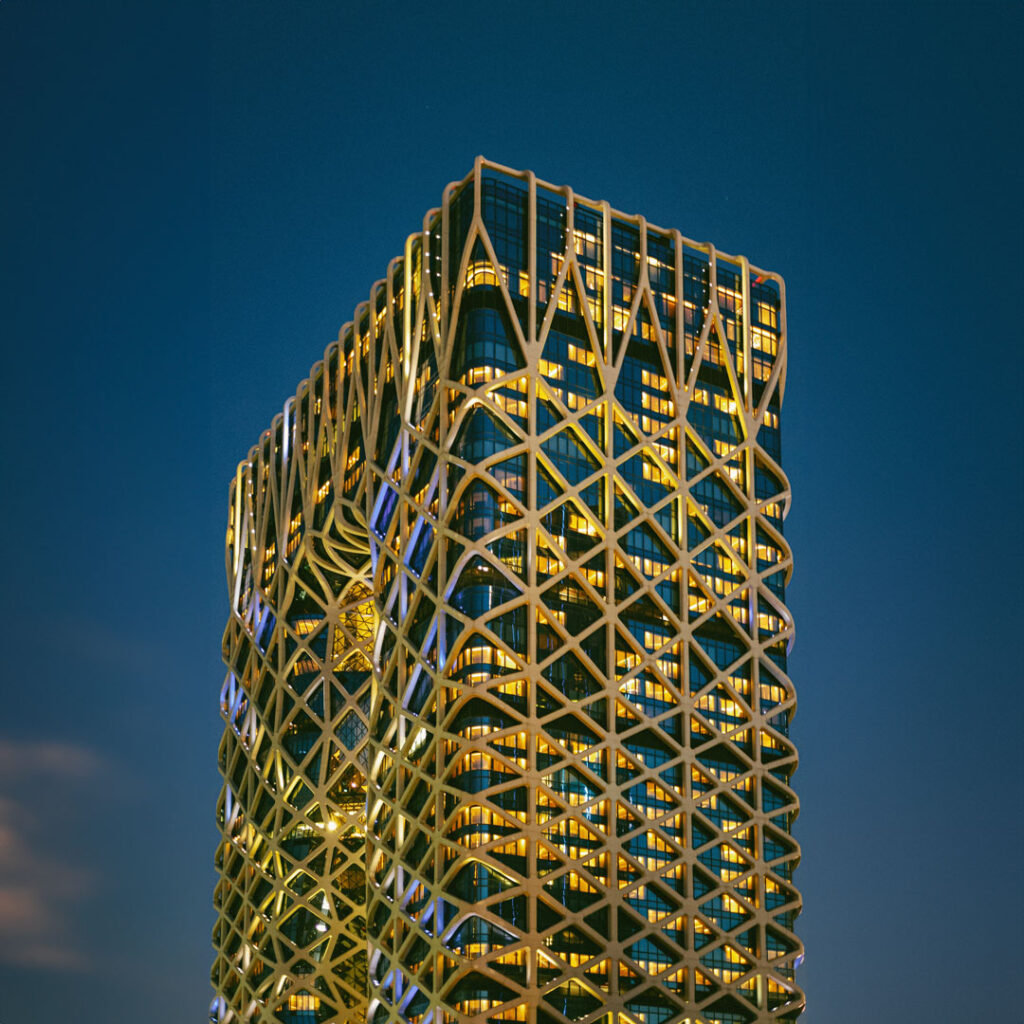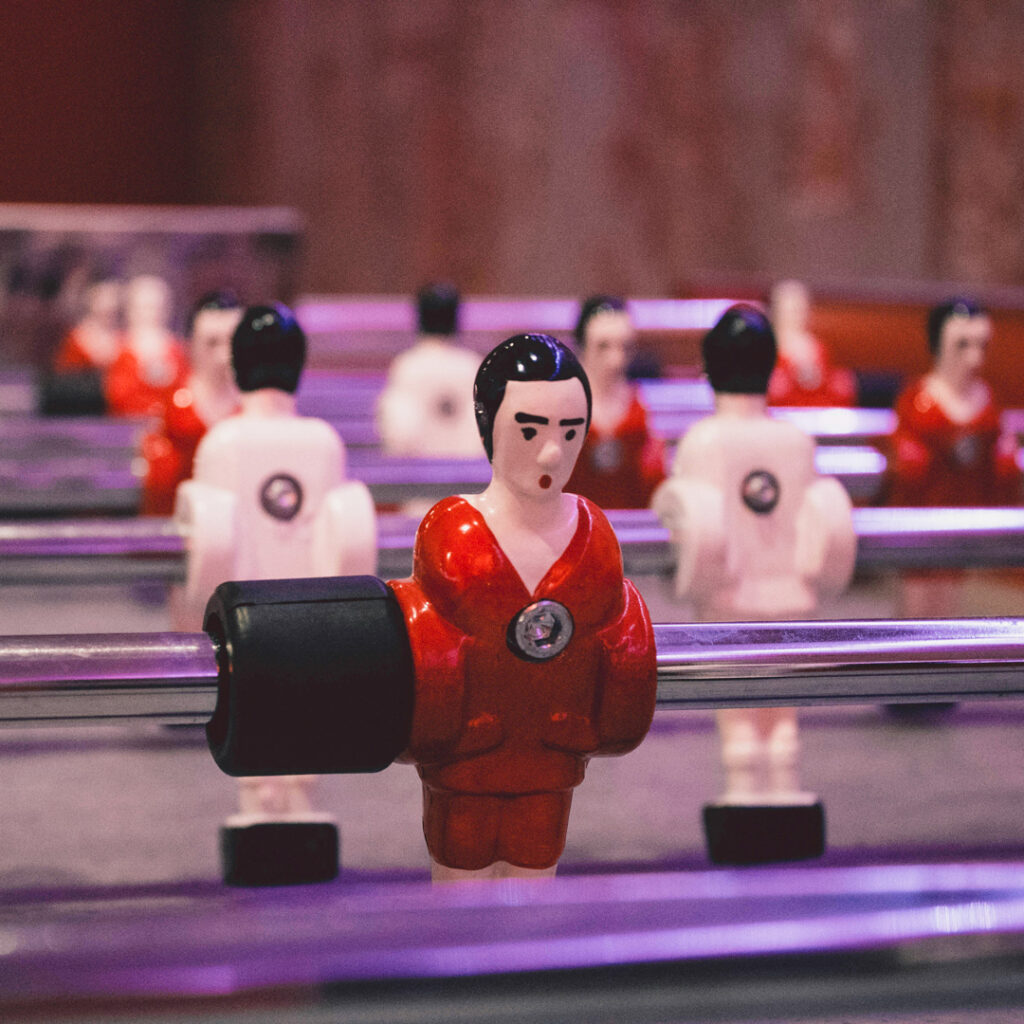I watched the final episode of “Jutro će promeniti sve” the other night. It left me heavy-hearted all evening. Unassuming yet monumental for our television, for our generation. The way Vlada Tagić and Goran Stanković laid bare their souls—heart, fears, rawest emotions—then, with their team of genius creators, turned it into a golden landmark of our time through a format never before seen on Serbian TV… that’s not just a creative triumph. It hit deeper. Maybe because I, too, am in my thirties. Maybe because I, too, am a director who had the honor of studying alongside Goran and looking up to him.
Because this series is also an ode to the only certainty our generation has: nothing is certain, and change is the only constant. Solid, unshakable foundations? Those exist only “once upon a time” and “somewhere far away.”
Corporate Gold Dust vs. Millennial Fluidity
Unlike the fluidity that defines both the series and millennials at large, corporate Belgrade is painfully predictable—one thing in particular. If you haven’t attended a New Year’s cocktail “for partners, friends, and loyal clients,” a company gathering “to celebrate successes,” or an awards ceremony “for excellence,” if you haven’t clinked champagne glasses or dusted yourself with golden confetti in a luxury hotel ballroom these past few weeks—well, you might as well not exist in the corporate world.
But beneath the glitter and small talk, something else has crept into business conversations: a foggy uncertainty about the future, a nagging doubt, an undefined gut feeling that things keep changing—and we don’t fully grasp them. Almost everyone (if not literally everyone) complained about “a tough year.” A sluggish market, heavy taxes, unpaid invoices, and—perhaps most glaring—the Sisyphean struggle to find good candidates and the Golgotha of retaining great employees.
What Employees Really Want (Spoiler: It’s Not Just Money)
Employees aren’t hiding what they expect from employers: 80% are actively job-hunting. (As a thirty-something employer hiring my own generation, I’ve always believed my core responsibility is to help my team succeed in their careers—even if that means somewhere else. I celebrate everyone’s wins.) And when they do find a job, they want stability, great interpersonal dynamics, but above all—flexible hours. Oh, and private health checks and salaries over 80k, if possible. Yet 80% still consider switching jobs! Rinse and repeat. As one of Serbia’s top editors put it: “What the hell else do you people want?!”
We’ve learned from the best to ask bold questions—and answer them even bolder. So here goes:
We want, damn it, better employers! We want the values we cherish in life to spill over into work. Because the “8 hours of work, rest, and sleep” formula is practically prehistoric—hell, even “work-life balance” is outdated. Now, we’re talking about life-work integration, a single, fluid existence where work is a big part—but built on freedom, creativity, and flexibility. You’ve got to reinvent what responsibility toward your people even means!
Who Gets It?
Few. Goran Stanković and Vlada Tagić, absolutely. But some in business do, too. Take Olga Svoboda and her GI Grupa, this year’s best employer among SMEs. Or Manpower, the industry leader in Serbia, steered by my generation’s Aleksandar Hangimana. Or their peer Dušan Basalo (partner at Atrija and the driving force behind SAM’s mentorship program). What sector are they in? Human resources, of course. They know where to look and what to change—because they’re the best at what they do, often before the rest of us even catch on.
What We Really Want
We want jobs that aren’t gilded cages, but springboards. We’re fine with stumbling as we move, building homes on shifting ground. We want employers who understand us like “Jutro” did—or maybe we don’t. And that’s okay, too. That’s the relationship we need now. So 2019 can be the golden year—our year. The year of change.





